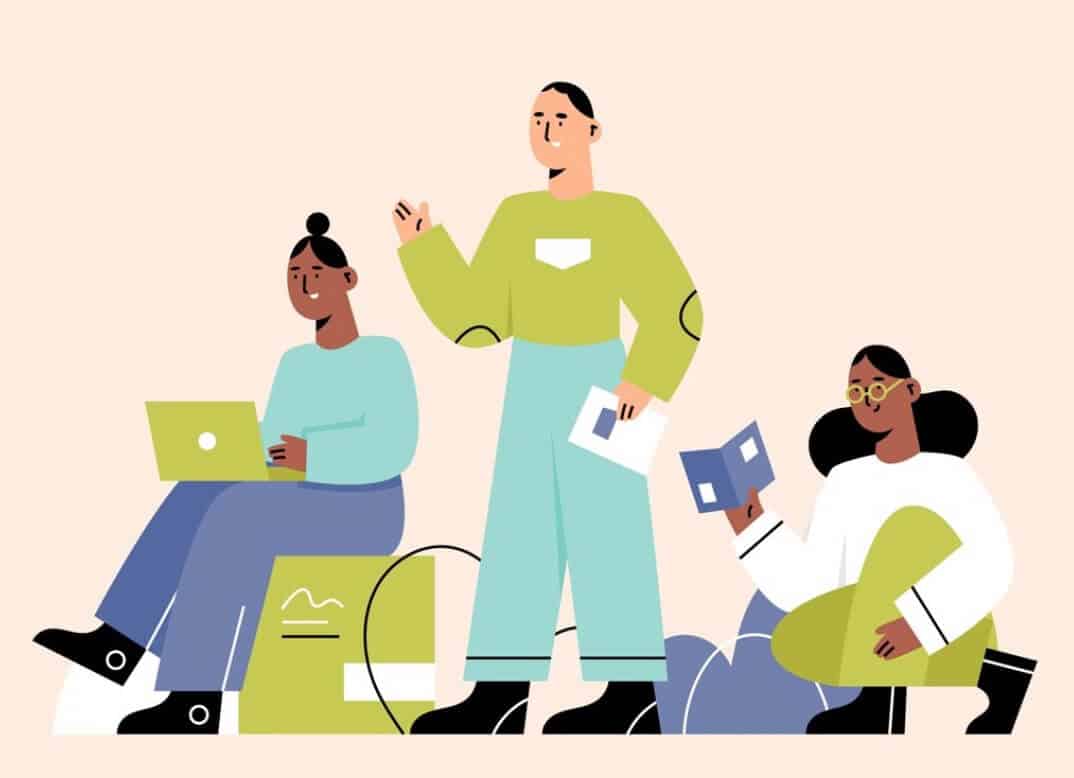5 Types of Empathy exercises to Strengthen Workplace

Empathy is a transformative skill in the workplace, supporting teamwork, open communication, and job satisfaction. When we practice empathy with colleagues and supervisors, we create an inclusive and supportive environment. Here are five professional empathy exercises that can enhance your workplace relationships, improve understanding, and contribute to a healthier team dynamic.
These exercises also align well with diversity, equity, and inclusion (DEI) goals, helping build a culture where every perspective is valued.
Why Empathy Is Essential in DEI
Empathy is more than a personal trait—it’s a key to building an inclusive workplace culture. DEI, or Diversity, Equity, and Inclusion, focuses on ensuring fair treatment, respecting diverse perspectives, and creating equal opportunities. DEI training often incorporates empathy exercises as part of developing a culture where everyone feels valued and heard.
5 Empathy Training Exercises for the Workplace
1. Perspective-Taking Exercise
- How It Works: Take a few moments to consider a situation from your colleague’s point of view, especially during misunderstandings or disagreements. Reflect on their background, daily challenges, and possible concerns.
- Why It Matters: This exercise helps reduce assumptions and improves understanding. It’s commonly used in empathy training exercises to promote inclusivity by encouraging us to see situations from others’ perspectives.
2. Active Listening Practice
- How It Works: Practice active listening by focusing completely on your colleague’s words, avoiding interruptions, and clarifying to confirm you understand them.
- Why It Matters: Active listening shows respect and interest in others’ perspectives. It’s foundational in both empathy and diversity training, fostering deeper, more respectful interactions.
3. Role-Swapping: Walk in Their Shoes
- How It Works: Spend a few hours shadowing a colleague to experience their daily tasks. This can be particularly insightful if your roles differ.
- Why It Matters: Role-swapping provides a firsthand view of others’ responsibilities, increasing understanding and appreciation. This exercise supports empathy by breaking down departmental and role-based barriers, a key element of DEI training.
4. Empathy Mapping
- How It Works: Create an empathy map to explore what your colleague or supervisor might be “seeing, hearing, thinking, and feeling.” Consider their unique pressures and experiences.
- Why It Matters: Empathy mapping is an effective visual exercise used in empathy training to understand others’ emotional experiences and challenges. It’s widely applied in DEI-focused environments to encourage open-mindedness and mutual respect.
5. Gratitude and Recognition Practice
- How It Works: Take time to acknowledge your colleagues’ efforts and contributions. Expressing genuine appreciation for their work creates a positive environment.
- Why It Matters: Recognition cultivates respect and validation, which supports a healthy workplace culture. Practicing gratitude is linked to empathy as it demonstrates an appreciation for others’ efforts, reinforcing empathy as a core value.
Empathy and DEI: Building Inclusive Workplaces
Empathy plays a crucial role in DEI efforts. Incorporating empathy exercises into workplace routines not only strengthens relationships but also aligns with the goals of DEI training. Organizations that foster empathy often see improved job satisfaction, retention, and productivity. With empathy at the core, DEI initiatives create workplaces where every voice matters and employees feel valued.
Start Your Empathy Journey with Empathable
Not sure how to begin? Empathable can guide you! Specializing in empathy training for businesses, education, healthcare, and nonprofits, Empathable offers science-backed programs to foster empathy and strengthen team bonds. Start today—visit our FAQ page to learn more or contact us and discover how empathy can transform your workplace.
